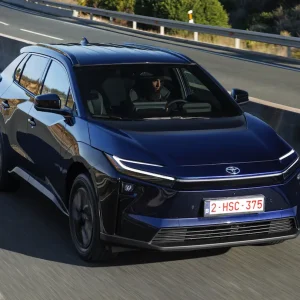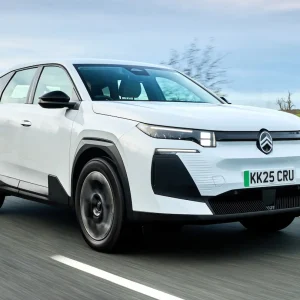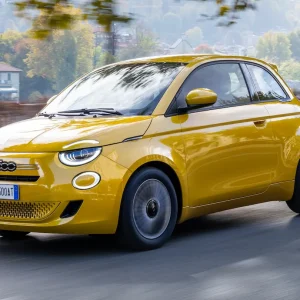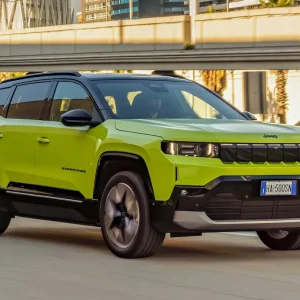On sale: January
Nissan’s Cabstar has been redesigned. Key changes include a roomier and better-looking cab, more powerful engines and an all-new chassis.
Power arrives courtesy of two common-rail diesels: a 2.5-litre at either 110 or 130PS, or a 150PS 3.0-litre. A five-speed gearbox comes as standard, while a six-speed’s on offer as an option. Other options include an Easy Hill Start system – that stops you rolling back if you have to move away on an incline – a limited slip differential, and a passenger airbag.
The Cabstar is available with a choice of three different wheelbases (2500mm, 2900mm and 3400mm) and five gross weights (2.8, 3.2, 3.4, 3.5 and 4.5 tonnes), although the heaviest version will not initially be available in the UK. All 3.5- and 4.5-tonners come with twin rear wheels as standard, and ABS will be included in the price of almost all Cabstars this side of the Channel, the exception being the entry-level model.
The LCV is available in four-door double cab and two-door single cab forms.
The vehicle remains forward control, ie the driver sits above the engine and has to climb up over the wheelarch to gain access to the cab. But the interior changes make the scramble worthwhile.
Widening the cab by 150mm internally, but by only 70mm externally thanks to some clever packaging, means three people can occupy it without sitting on top of one another; a drawback in the old Cabstar. There is a lot more storage space for oddments, too, including an overhead shelf and an A4-sized slot on top of the dashboard.
A multifunction trip computer displays everything from average fuel economy to advice on whether or not to change up a gear to save fuel. The only real downer is that the seat cushions are too thin for comfort.
Conscious that drivers might feel vulnerable sitting so close to the front of the vehicle, Nissan says it has beefed up crash protection to passenger car standards. It’s a smart move because the vehicle’s not short on performance. The 130PS medium-wheelbase dropside 3.5-tonner accelerates briskly away from rest, pulls strongly through the gears, and is a competent motorway cruiser. It is sure-footed, too, cornering safely and without showing any tendency to wander on the motorway.
Engine noise is well-suppressed, apart from an annoying roar from the air intake that’s been repositioned to allow the cab to be lengthened, but nothing has been done to reduce the racket it now generates.
While the Cabstar is highly manoeuvrable at low speeds, its ride is not its best feature. The suspension system has to work hard to cope with potholes and ridges in the road surface. It’s not always successful.





